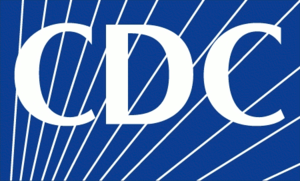 Image via WikipediaMajor depression is a common and treatable mental disorder; a study conducted during 2001--2002 estimated that 6.6% of the U.S. adult population had experienced a major depressive disorder during the preceding 12 months.
Image via WikipediaMajor depression is a common and treatable mental disorder; a study conducted during 2001--2002 estimated that 6.6% of the U.S. adult population had experienced a major depressive disorder during the preceding 12 months.Depressive disorders are more common among persons with chronic conditions (e.g., obesity, cardiovascular disease, diabetes, asthma, arthritis, and cancer) and among those with unhealthy behaviors (e.g., smoking, physical inactivity, and binge drinking.
To estimate the prevalence of current depression, CDC analyzed Behavioral Risk Factor Surveillance System (BRFSS) survey data from 2006 and 2008. Current depression was defined as meeting BRFSS criteria for either major depression or "other depression" during the 2 weeks preceding the survey.
This report summarizes the results of that analysis, which indicated that, among 235,067 adults (in 45 states, the District of Columbia [DC], Puerto Rico, and the U.S. Virgin Islands), 9.0% met the criteria for current depression, including 3.4% who met the criteria for major depression.
By state, age-standardized estimates for current depression ranged from 4.8% in North Dakota to 14.8% in Mississippi. State health departments that include depression measures in their BRFSS surveys can track prevalence, set health goals for prevention and control, and monitor the effectiveness of relevant programs and policies.
Full Article

No comments:
Post a Comment